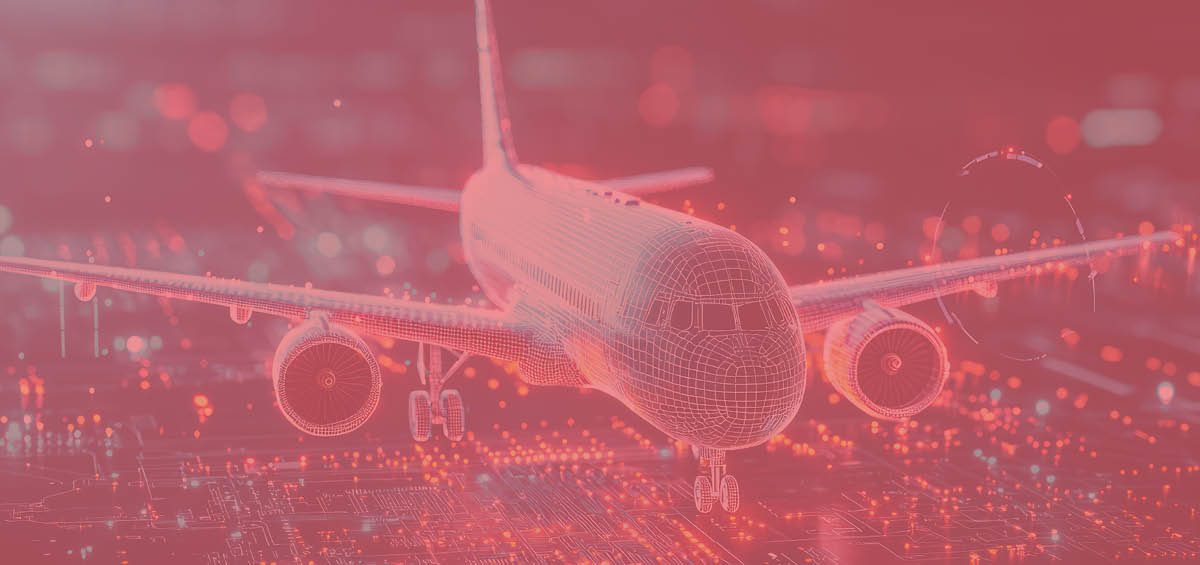Introduction to the Airlines Operation Control Center (AOCC) and the Need for a New IT System
The Airlines Operation Control Center (AOCC) is the central hub for airline operations, coordinating and monitoring every aspect from crew scheduling to maintenance and flight dispatch. Whether for premium, low-cost, legacy, or startup airlines, the AOCC is the nerve center that ensures smooth and efficient flight operations. Traditional IT systems, however, often fail to meet the dynamic and complex demands of modern airline operations. Hence, there is a pressing need for new IT systems based on socio-technical systems (STS) principles, designed to integrate and optimize both the social and technical aspects of airline operations.
Understanding Socio-Technical Systems (STS) in AOCC
A socio-technical system (STS) encompasses tasks, people, organization, and technology. In the aviation context, an STS integrates the operational processes of airlines with the interactions between various stakeholders, including Air Traffic Services (ATS), airports, aircraft, and airlines. Each of these entities has distinct requirements that must be addressed when designing and implementing an IT system. For instance, AOCC employees handle crew control, ground handling, maintenance control, and flight dispatch. A successful STS in the AOCC requires meticulous requirement gathering and modeling.
The Importance of Modern IT Systems in AOCC
Modern IT systems in the AOCC are crucial for transitioning to paperless processes, which are a significant topic in the aviation community. Reducing paper-based procedures leads to workflow automation, operational efficiency, data visualization, and simulation. This shift enhances coordination within the airline and ensures timely and accurate data transmission between airlines and other stakeholders like ATS and airports. Consequently, this facilitates timely decision-making and improves overall operational efficiency.
Key Components and Benefits of STS in Aviation
An effective socio-technical system in aviation includes several components: people, hardware, software, data, and regulations. For instance, within the AOCC, various roles such as ground control, crew control, flight dispatch, and maintenance control must be integrated and coordinated. Implementing an STS enables the AOCC to manage these components effectively, enhancing decision-making processes and reducing disruptions.
Enhancing Operational Efficiency with STS
Integrating socio-technical systems into AOCC operations not only improves efficiency but also plays a vital role in decision-making and disruption management. By automating workflows and reducing manual processes, airlines can better manage flight delays, crew scheduling, and maintenance operations. IT systems that integrate ground, maintenance, passenger, and flight information become essential tools for predicting and preventing disruptions, ultimately saving airlines billions of dollars annually.
Conclusion: The Future of AOCC with Socio-Technical Systems
In conclusion, implementing modern IT systems in the AOCC that adhere to socio-technical system principles is essential. These systems not only optimize operational workflows but also enhance decision-making and predict disruptions. The integration of social and technical components is key to meeting the challenges of modern aviation, ensuring safe, punctual, and efficient flight operations. Embracing these advancements will help airlines navigate the complexities of today’s aviation industry and achieve their operational goals effectively.







